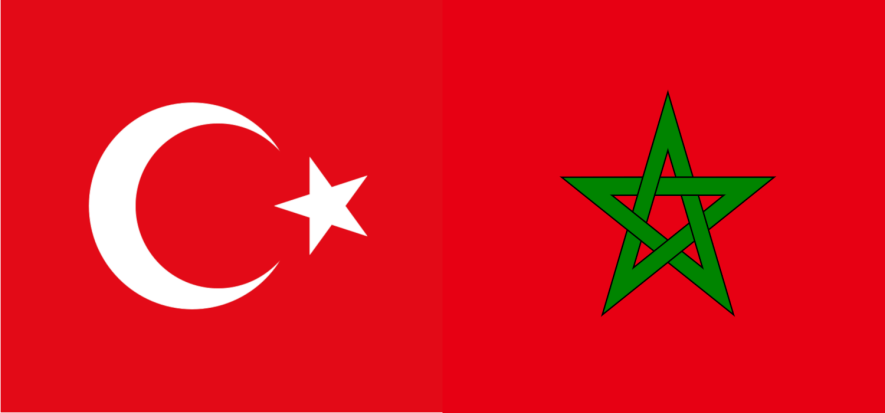Exports support the Turkish leather supply chain, while in Morocco 2019 is expected to be in line with 2018. During the first four months of the year in Turkey the sector recorded sales abroad for 585 million dollars (around 520 million euros), thus showing a slightly growing trend. As reported by Leatherbiz.com, between 2016 and 2018 the leather industry obtained export revenues for a figure between 1,5 and 1,6 billion dollars (around 1.4 billion euros) and data from the first four months of the new year seem good as well, with prospects of closing 2019 between 1,7 and 1,8 billion dollars (about 1.5 billion euros). The sector was driven by footwear, which recorded foreign sales of 390 million dollars (346 million euros) between January and April, while leather goods were 77 million (68 million euros) and leather exports reached 72 million (64 million euros). The best customer for Turkish companies in the supply chain was Russia, with 93 million dollars spent in four months, being more than 15% of the total and more than double if compared to Italy (45 million) and Germany (42). Followed by Iraq (around 28,4 million euros), the United Kingdom (around 19,5 million) and Romania (around 18,6 million). Instead, exports of “Textiles and leather” made by Morocco in the first quarter of the year increased by 1,7%. According to data released by Bank Al-Maghrib, the central bank of the North African country, between January and March companies in the sector sold goods for 9,8 billion dirhams (901 million euros) against 9,6 (883 million) in the first quarter of 2018. The largest contribution was brought by clothing and knitwear (around 740 million euro) while the footwear sector contributed 764 million dirhams (70,2 million euro), 81 million less compared to the previous year, corresponding to a decline of 9,6%. At the same time, during April the government institute conducted a survey on expectations for the near future, interviewing circa 400 entrepreneurs from the industrial sector from which a general impression emerged of a stagnant economy, while for the leather industry 64% of entrepreneurs expect a year roughly in line with the previous ones. Remaining interviewees are split: for 16%, 2019 will be a better year than the previous year; for 19% of them, it will be underplaying.
Russia helps Turkish exports smile, Morocco’s leather area is stable










